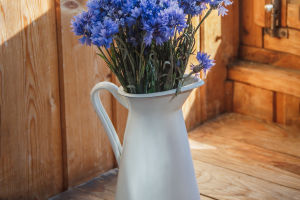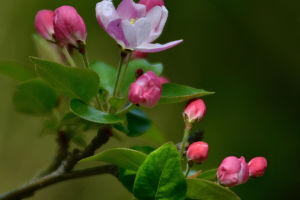Orchids are a beautiful and delicate species that require special care and attention to thrive. There are several important factors to consider when cultivating orchids, including humidity, fertilization, watering, and light.
Humidity is a critical factor in orchid cultivation. While flowers can tolerate light rain, they should not be exposed to continuous or heavy rainfall, which can cause mildew and rot. It is important to protect the flowers from rain during the mildew season.
Additionally, orchids require appropriate humidity levels to promote healthy growth. If the potting soil is too warm, the leaf buds may not grow well or may cause diseases. To regulate the humidity of the potting soil, a small amount of grass ashes can be sprinkled.
Fertilizing, watering, and lighting are key in orchid care. Fertilize lightly with well-decayed fertilizer in the evening when buds are new, and water the next morning. Over-fertilization leads to scorched leaves, while under-fertilization causes yellow, thin leaves.
Orchids thrive with a mix of dry and wet conditions, requiring careful watering, especially during different seasons. They prefer indirect light and moderate temperatures, with specific needs for shading and sun exposure throughout the year to encourage bud formation and balanced growth.
Remember to rotate orchids for even growth and adjust their location seasonally for optimal light and temperature conditions.
In conclusion, cultivating orchids requires a delicate balance of humidity, fertilization, watering, and light. With proper care and attention, orchids can thrive and produce beautiful blooms year after year.


